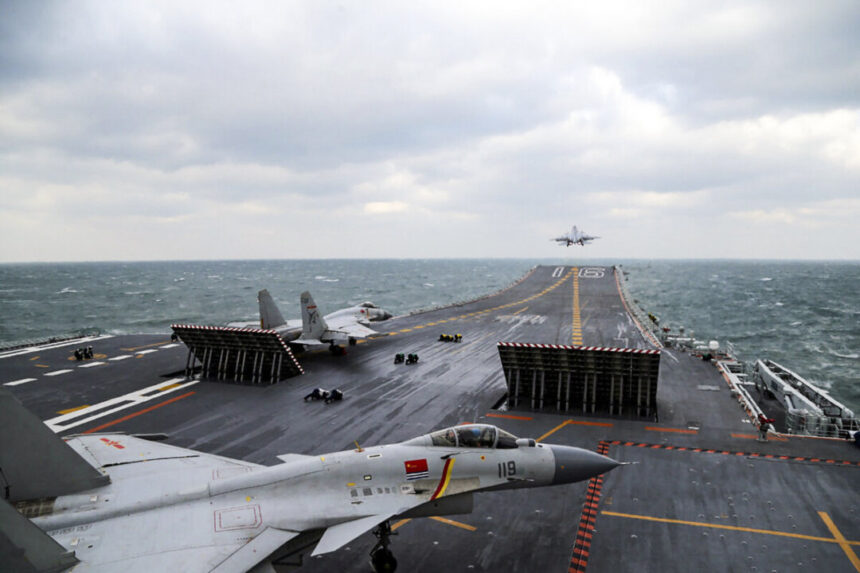Commentary
The People’s Liberation Army Navy (PLAN) has historically faced challenges with its access to the Pacific Ocean. However, China’s strengthening ties with Russia are now turning this limitation to Beijing’s advantage.
The PLAN is currently undergoing significant growth in naval force structure, boasting around 350 ships in service, surpassing the U.S. Navy which has fewer than 300 ships. Despite this growth, limitations on free movement still exist.
Historically, countries like Germany, the Soviet Union, and Russia have faced similar constraints on their navies, hindering their ability to rival Allied navies.
The imbalance in force structure between the PLAN and the U.S. Navy is expected to worsen as the U.S. Navy faces a decrease in size. The need for a new basing footprint to accommodate the larger Chinese fleet and provide alternative routes to the Pacific Ocean is becoming increasingly evident.
China’s Navy
China’s navy is divided among three theater commands. The Southern Theater Command Navy, based in Zhanjiang, Guangdong Province, provides access to the West Philippine Sea but faces challenges in reaching the deep Pacific. The Eastern Theater Command Navy must navigate through the Taiwan Straits and Japanese forces, while the Northern Theater Command Navy struggles with the shallow Yellow Sea and opposition from South Korean and Japanese navies.
A recent agreement between China and Russia, known as the “no limits” partnership, aims to grant China access to the Sea of Japan through the Tumen River. This agreement signifies a shift in the global power balance, with potential economic benefits for the involved countries.
The development of the Tumen River as an access point to the ocean has sparked interest in the international arena, especially in the context of the ongoing Russia-Ukraine conflict. This strategic move could grant China enhanced access to the Pacific and Arctic regions.
NATO’s recent summit highlighted the importance of monitoring Chinese support to Russia in the conflict with Ukraine. A new Chinese naval base at the Tumen River could provide direct access to the Pacific and Arctic, posing challenges for surveillance and detection efforts by neighboring nations.
New Chinese Naval Base
A new Chinese naval base at the Tumen River could offer strategic access to the Pacific and Arctic, potentially reshaping the regional power dynamics.
Developing the Tumen River may be a lengthy process, but China’s rapid military expansion serves as a reminder that significant progress can be made sooner than anticipated. The views expressed in this article are the author’s own and may not align with those of The Epoch Times.
Source link





